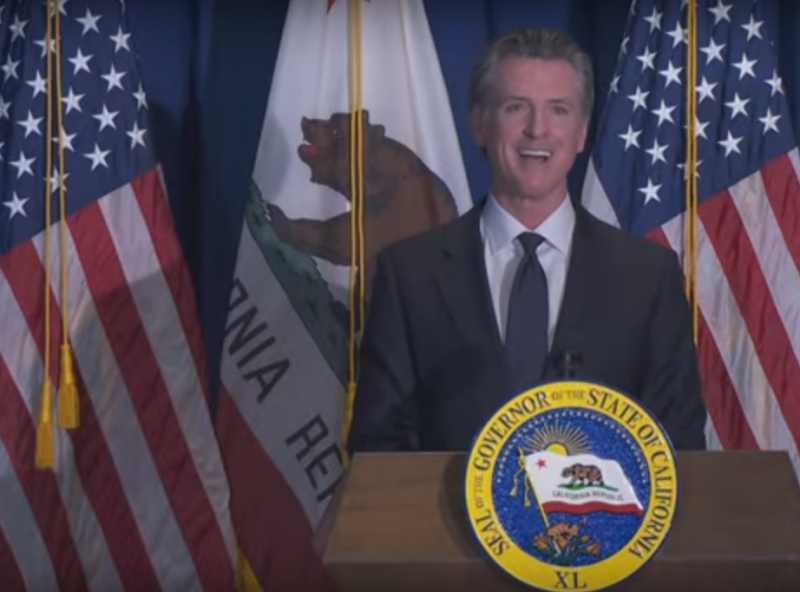Assembly Speaker Anthony Rendon kept his cards close to his chest in a statement, simply heralding his Democratic “teammates” in the Senate. “We know how to work together to present Governor Gavin Newsom with a budget he can be proud to sign by the constitutional deadline,” he said.
The Republican minority in the Legislature is so diminished that Democrats don’t need their support to pass a budget. But that isn’t stopping GOP lawmakers from weighing in, if only to provide voters with a clear contrast as Election Day approaches.
“Newsom specializes in grand announcements and flashy sounding proposals, but he rarely follows through with effective solutions that actually help California families,” GOP Assembly leader James Gallagher from Chico said in a statement. “As Californians struggle to fill their tank and put food on the table, Democrats fail to provide any real solutions to cut costs.”
Here are other highlights from the governor’s latest spending plan:
Cash for Californians
If the average Californian hears anything about today’s announcement it’s probably this: The governor wants to send $400 to most of the state’s car owners.
That’s been the governor’s idea to help drivers bear the cost of historically elevated gas prices. In the face of pushback from environmentalists, he also wants to throw in $750 million to entice transit agencies to make bus and rail travel free for three months. And lest he be accused to throwing money at those who don’t need it, the proposal is limited to drivers whose car are worth under an unspecified cap.
Despite all that, there’s some distance between this proposal and the Legislature’s, where Democratic leaders want to send cash rebates to Californians making less than $250,000, car owners or not. And it’s even further still from the GOP plan, which is simply to suspend the state gas tax.
“I have all the confidence in the world we’ll be able to square those modest differences and we’ll come around to a number and a strategy that’s in the best interests of Californians,” Newsom said.
Today’s announcement also answered another big question left unaddressed by the January proposal: Will an obscure amendment inserted into the California Constitution in 1979 compel the state to reroute some of the state’s extra cash back to taxpayers?
The answer, at least for now, appears to be no.
The constitutional provision in question, the Gann Limit, was approved by voters during the heyday of the state’s conservative “tax revolt” and capped per-person state spending to its 1978 level, after adjusting for inflation. Anything left over has to be sent back to taxpayers and school districts. With the state’s coffers as full as they are, the January budget blueprint projected that the state would breach the cap.
But with more spending on exempt types of expenditure, including infrastructure, the current plan is now $2.6 billion below that ceiling.
‘Eat your heart out, Texas’
Budgets, as the cliche goes, are statements of values. Newsom clearly values decrying the state of Texas and its right-wing government.
Among the policies-cum-anti-Texas-digs that Newsom rolled out today were a revision of the state’s business relocation tax credit program to provide “additional consideration” for businesses relocating from states with anti-abortion and “anti-LGBTQ+” laws.
The context, only barely unspoken, is that Texas has recently passed a law that effectively bans most abortions and introduced a policy that treats gender-confirming care for transgender kids as child abuse.
Newsom’s budget plan also include an additional $125 million to expand access to abortions and fund research into reproductive health.
“I do want to make a deep point here: California is a pro-life state,” Newsom said, appropriating a term used by the anti-abortion movement to tout his proposed spending on expanded preschool, health insurance access and gun-violence reduction programs.
He also chided Arizona, Florida and Texas for having COVID death rates higher than California’s: “There are a lot of folks out there that are pro- conception to birth but that fall wholly short of being pro-life.”

